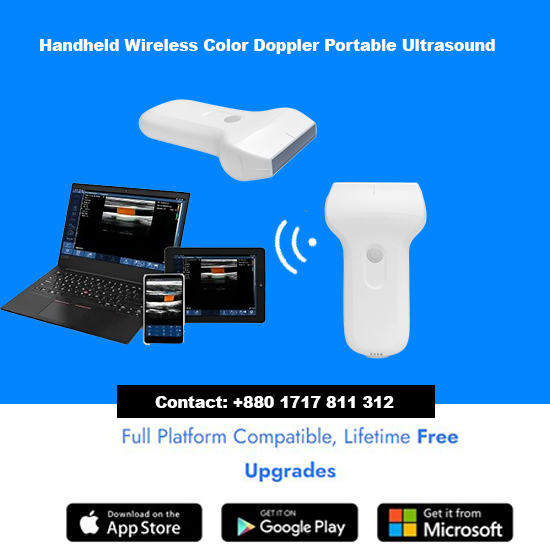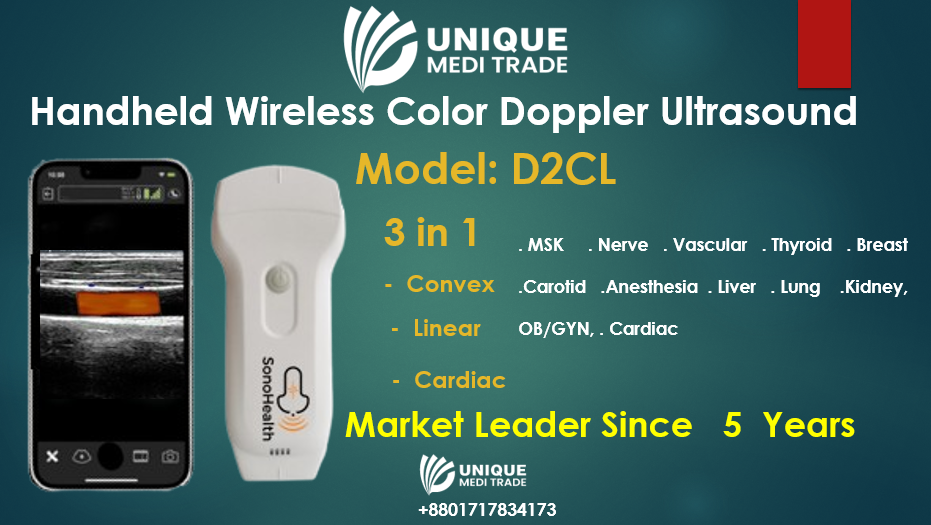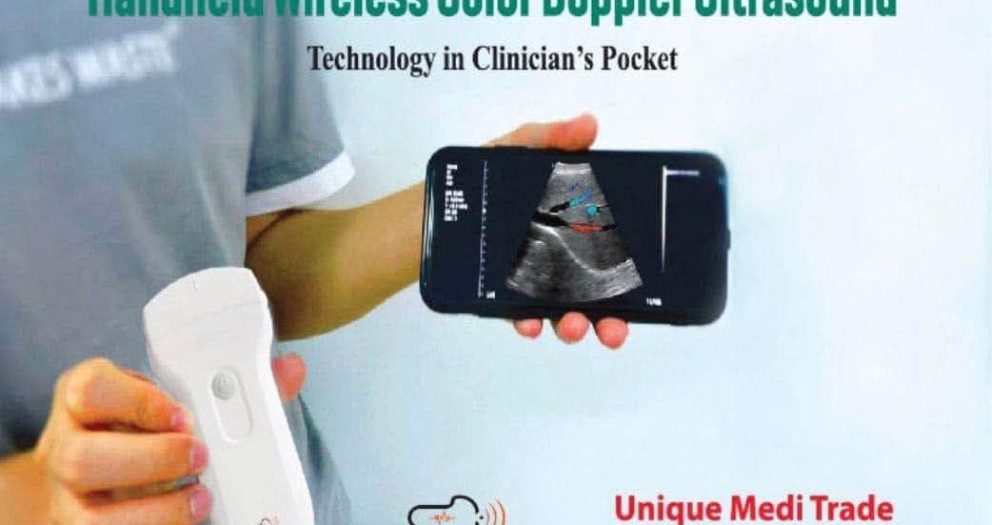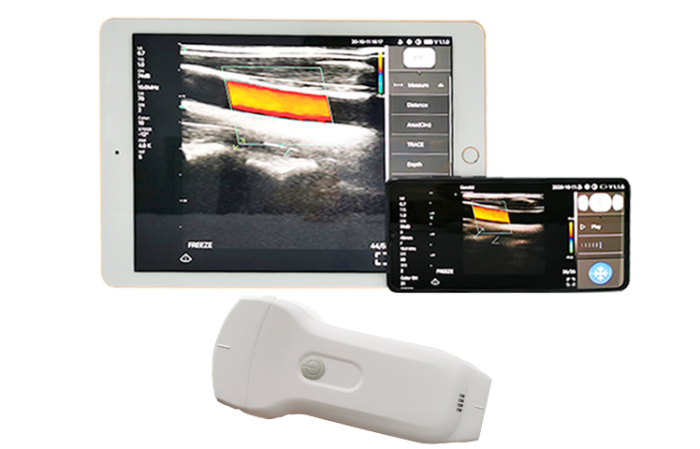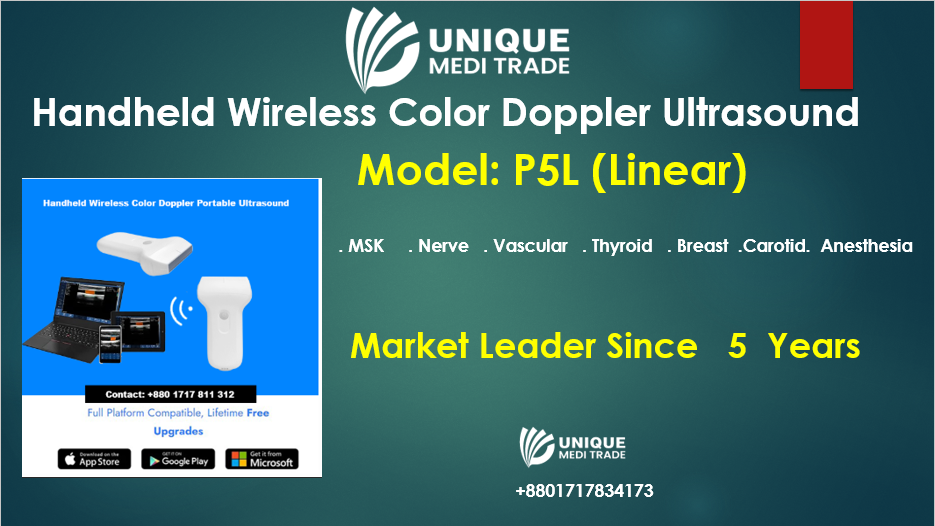Wireless Portable Ultrasound in Physical Medicine: Transforming Injury Diagnosis and Treatment on the Go
In physical medicine, wireless portable ultrasounds are highly beneficial for musculoskeletal (MSK) diagnostics, injury management, and procedural guidance. Here’s how they’re used across different applications:
Key Applications of Wireless Portable Ultrasound in Physical Medicine
- Musculoskeletal Injury Assessment: Identifies soft tissue injuries, including muscle tears, ligament sprains, tendon injuries, and joint abnormalities. Portable ultrasound allows for real-time imaging to assess the extent of the injury, which aids in developing a treatment plan.
- Dynamic Imaging for Functional Assessments: Captures images of joints, tendons, and muscles during movement, helping assess functional impairments and providing valuable insight into movement-related issues like rotator cuff injuries or knee instability.
- Guided Injections and Interventions: Ensures precision when performing joint injections, aspiration, or tendon sheath injections. Ultrasound guidance reduces the risk of complications, provides pain relief more effectively, and allows for accurate targeting of the affected area.
- Monitoring Healing and Rehabilitation: Tracks tissue recovery over time, allowing for the adjustment of rehabilitation programs based on the healing progress. It’s valuable for conditions like tendinopathies or chronic muscle injuries, where ongoing evaluation is necessary.
- Joint Effusion and Inflammation Detection: Visualizes fluid buildup within joints, helping identify conditions like synovitis, bursitis, and arthritis, which are common in patients with chronic joint pain.
- Nerve Imaging for Pain Management: Helps locate nerves and assess any structural abnormalities, guiding interventions such as nerve blocks or dry needling for pain management in conditions like carpal tunnel syndrome or sciatic pain.
- Evaluation of Chronic Conditions: Provides ongoing assessment for chronic conditions like rheumatoid arthritis or osteoarthritis, helping track changes in joint and soft tissue over time and guiding treatment adjustments.
- Pre- and Post-Procedure Evaluation: Used before and after procedures to ensure that treatment targets were achieved and to monitor outcomes, essential for interventions such as platelet-rich plasma (PRP) injections or regenerative medicine procedures.
- Educational Tool for Patients: Allows patients to view real-time images of their injuries, improving understanding of their condition and compliance with treatment plans. This visual feedback can increase patient engagement in their recovery.
- Portable, On-Site Assessments in Various Settings: Enables MSK assessments in various environments such as sports fields, rehabilitation centers, and even home visits, allowing for convenient, immediate diagnostics and care.
Advantages of Wireless Portable Ultrasound in Physical Medicine
- Mobility: Wireless technology offers the flexibility to assess patients in various settings, making it ideal for mobile clinics, sports events, and outreach programs.
- Enhanced Patient Comfort: Real-time imaging minimizes discomfort as patients can undergo immediate, non-invasive assessment and see treatment progress directly.
- Cost-Effectiveness: Portable ultrasound is a more affordable imaging option than MRI or CT, making it accessible for frequent assessments and follow-ups.
Overall, wireless portable ultrasound is a game-changer in physical medicine, offering precise diagnostics, enhancing patient care, and supporting rehabilitation with real-time, on-the-go imaging.

